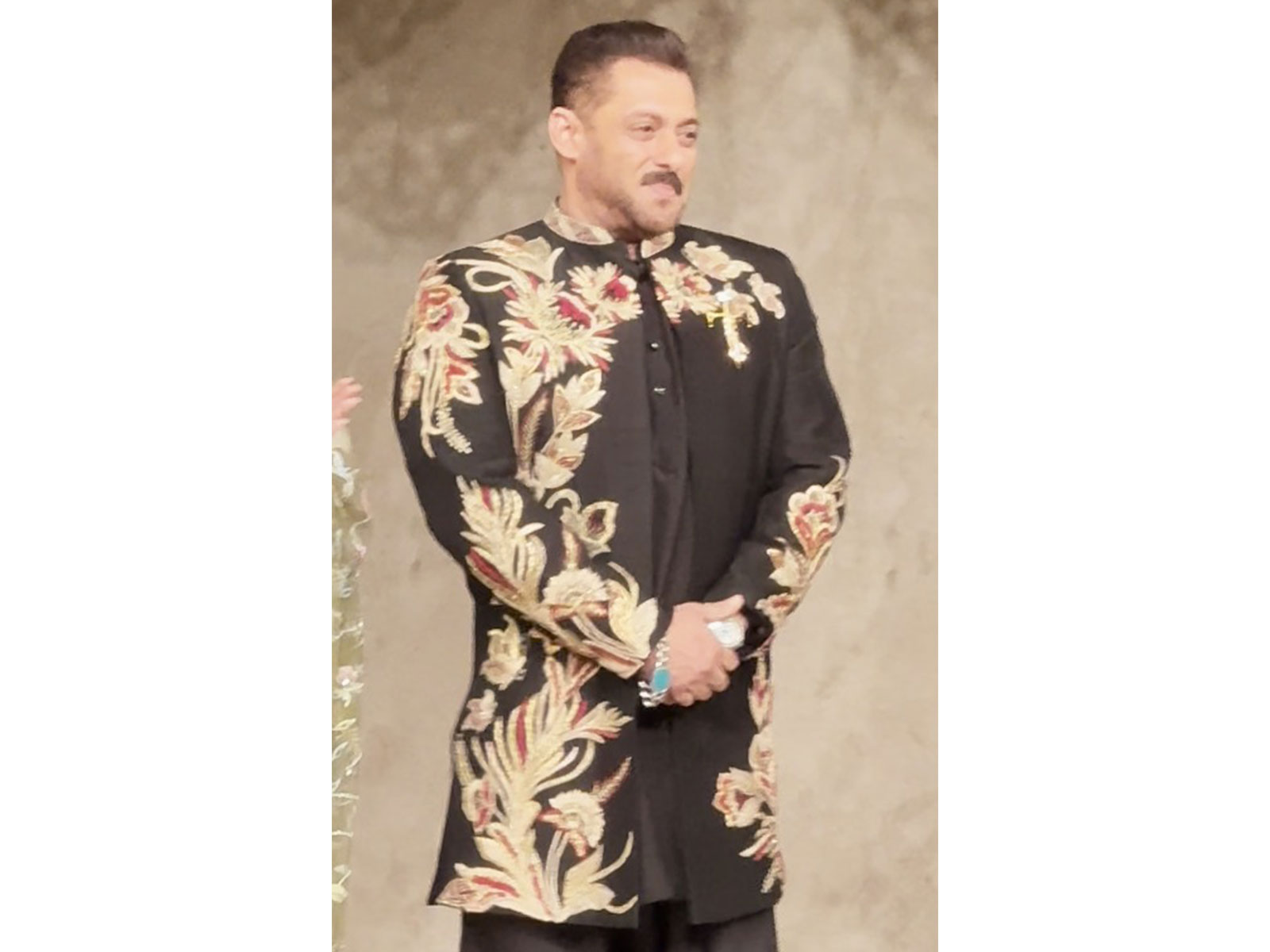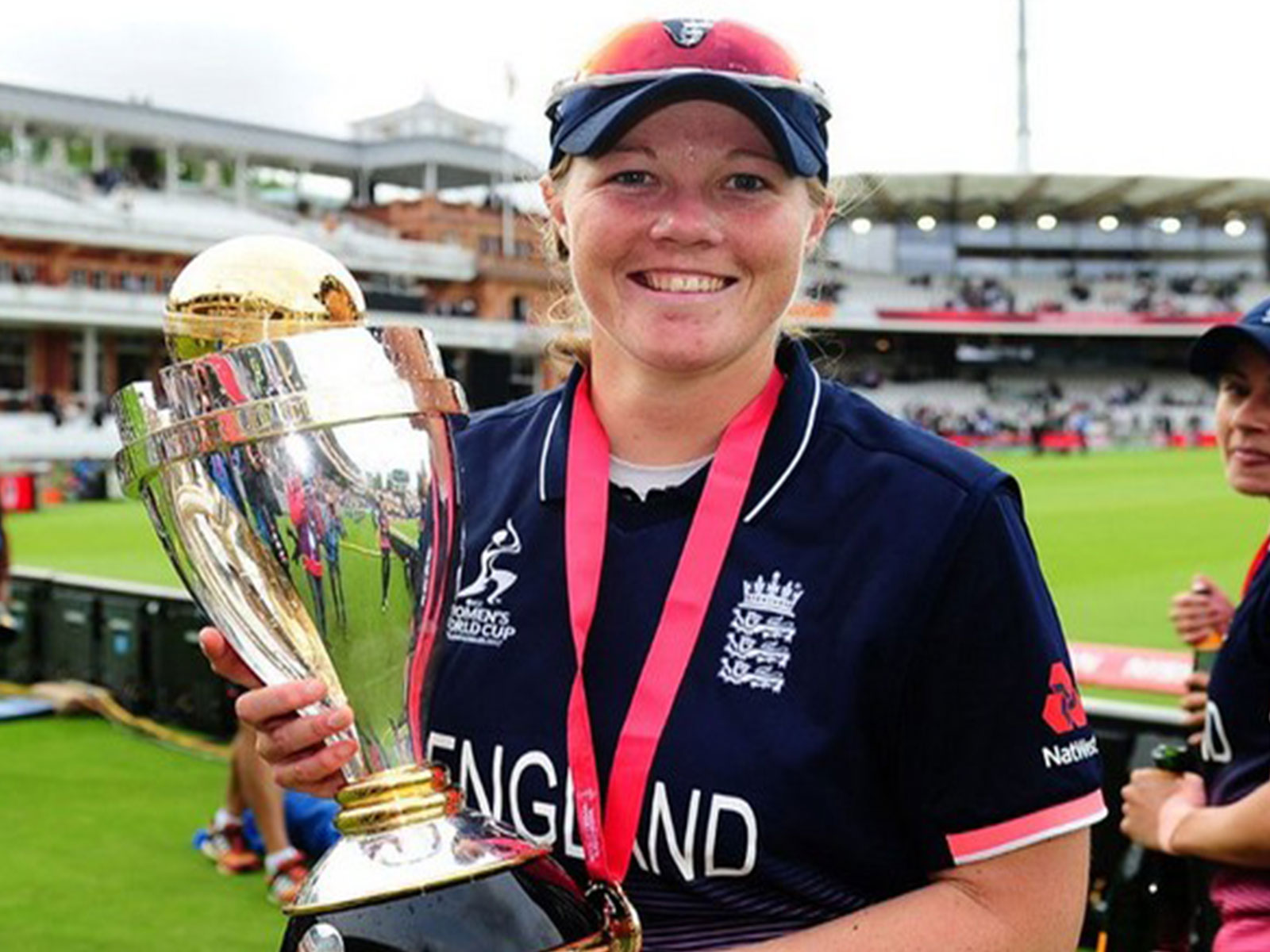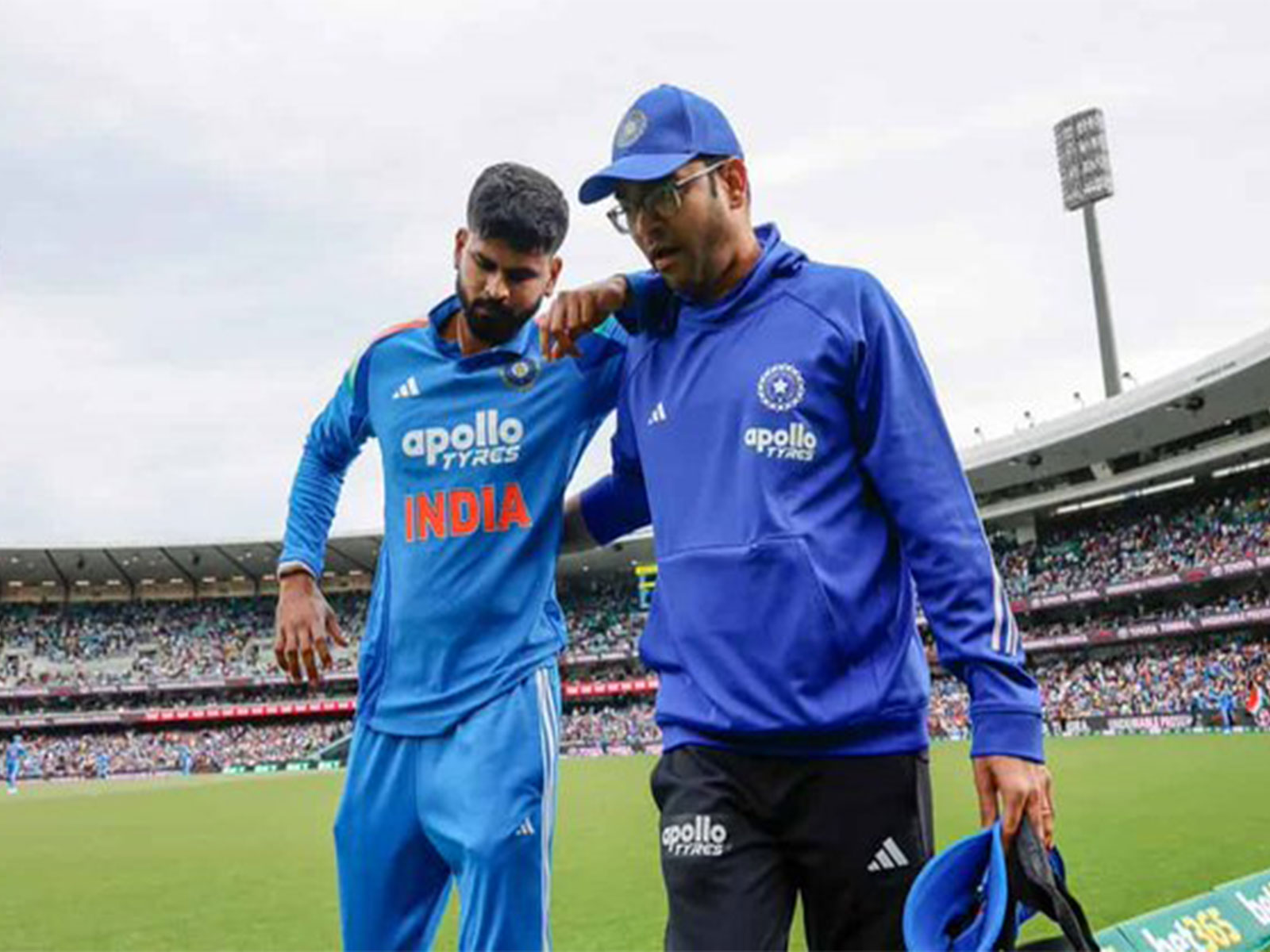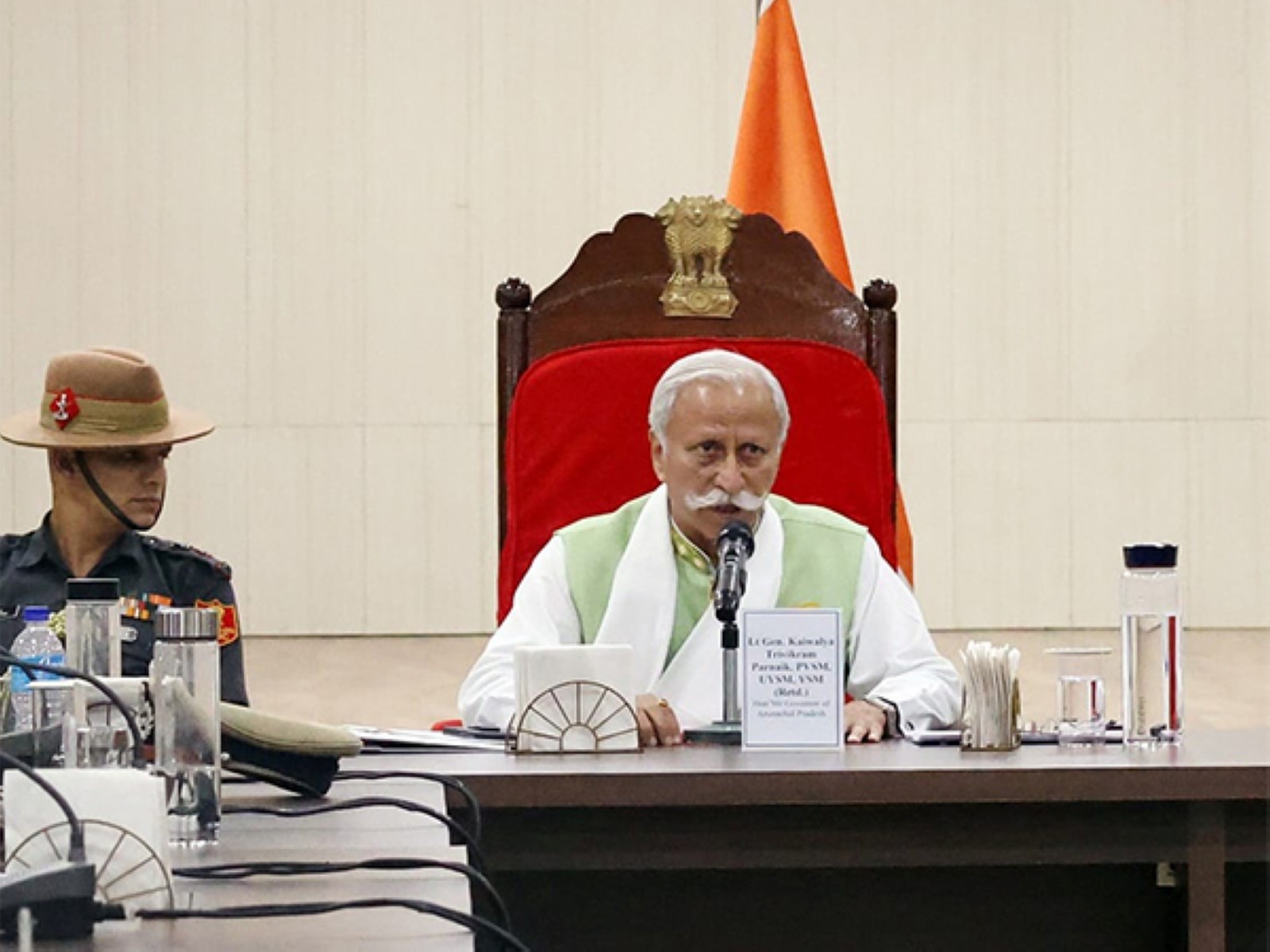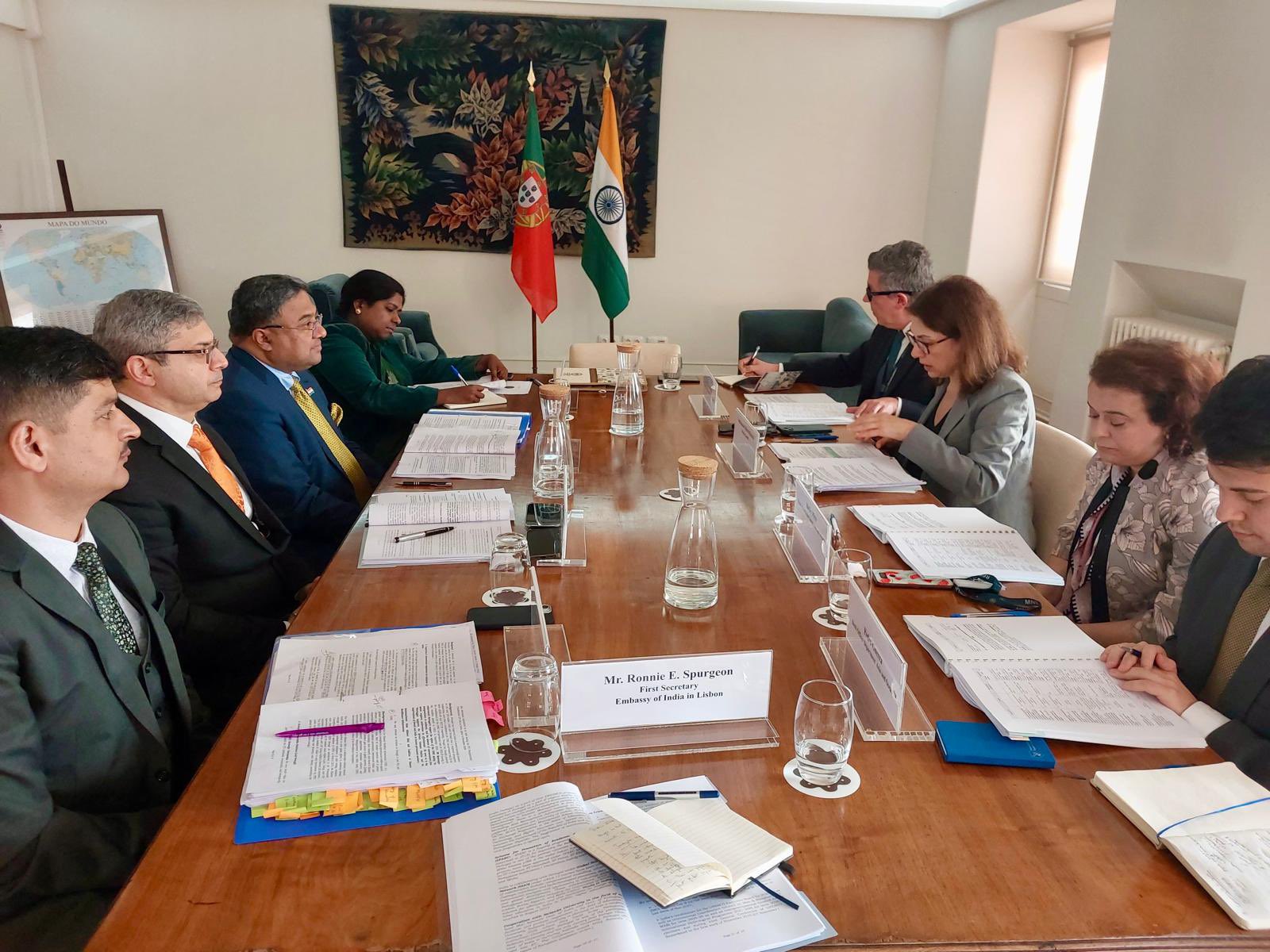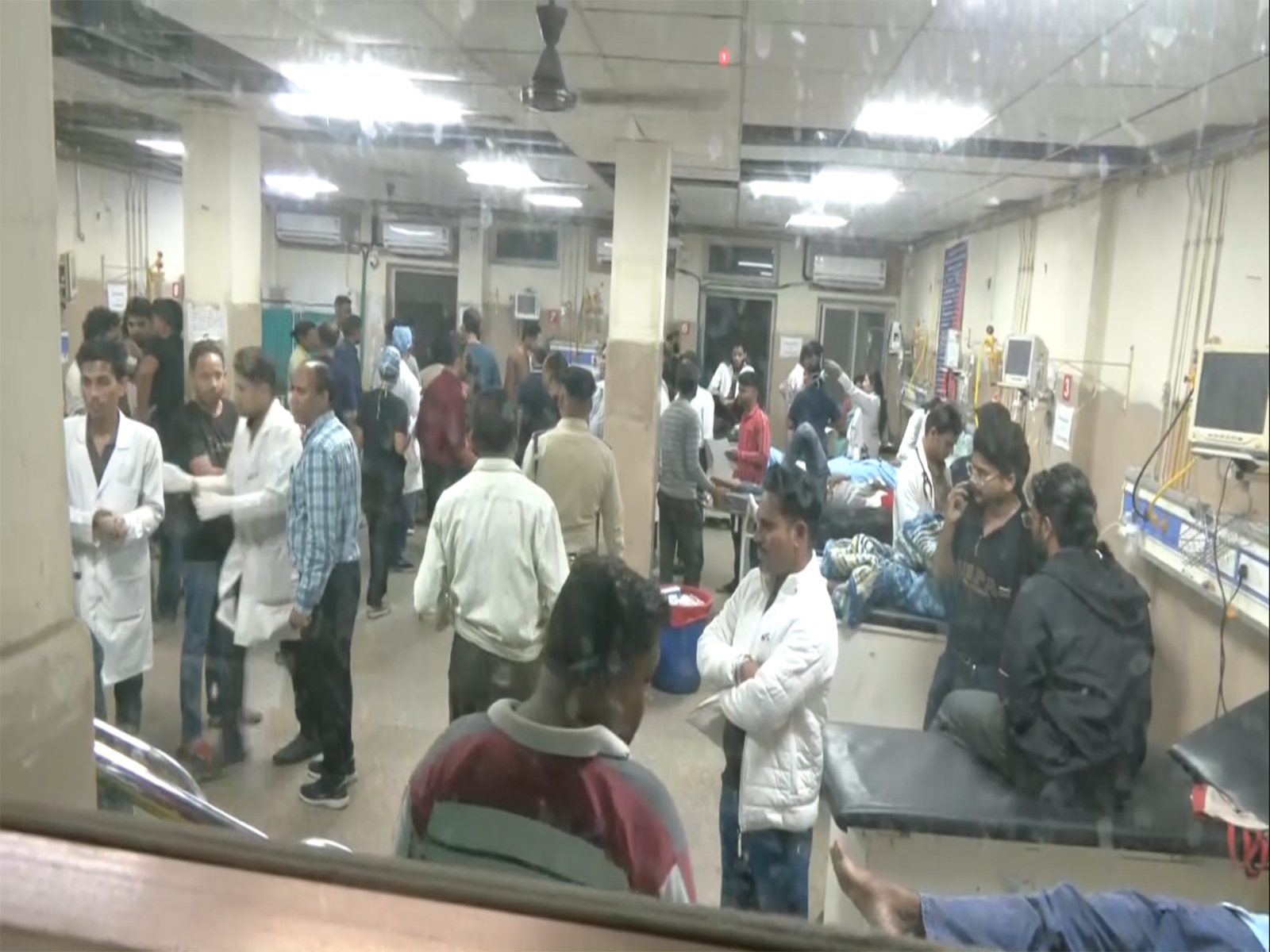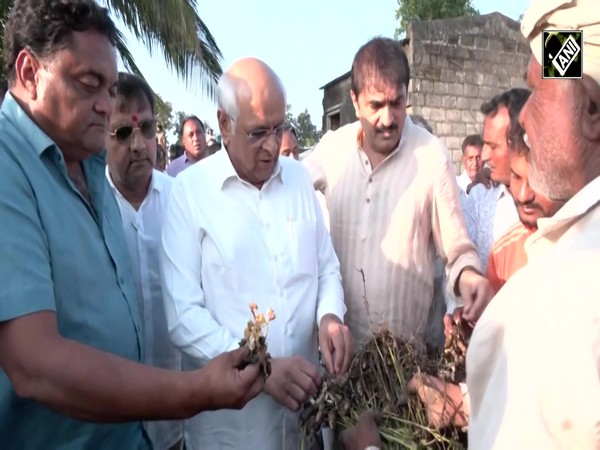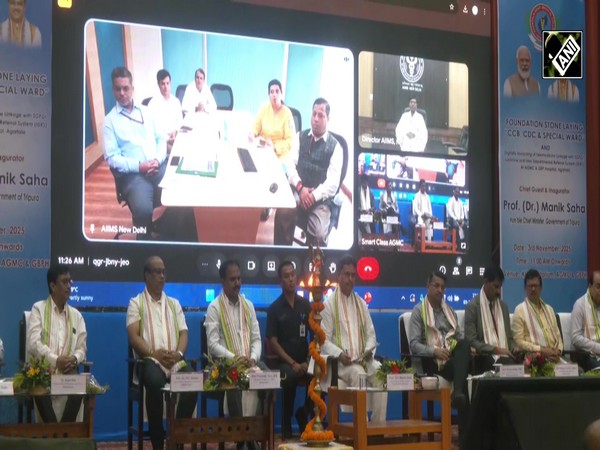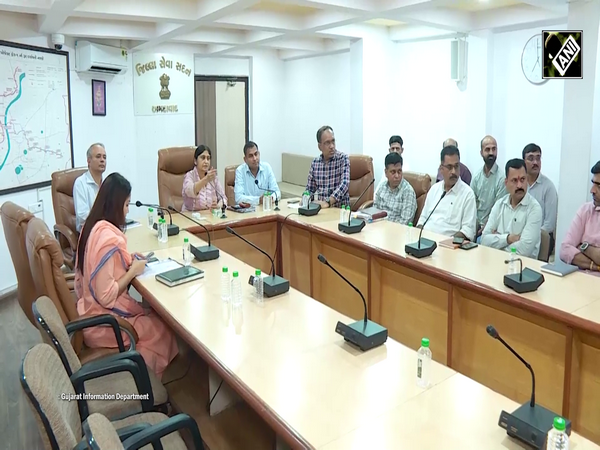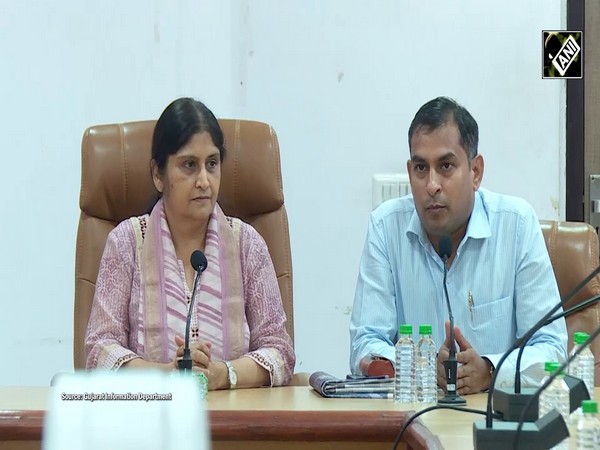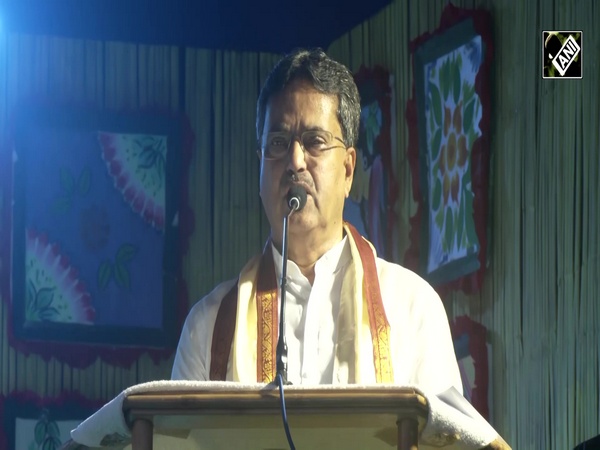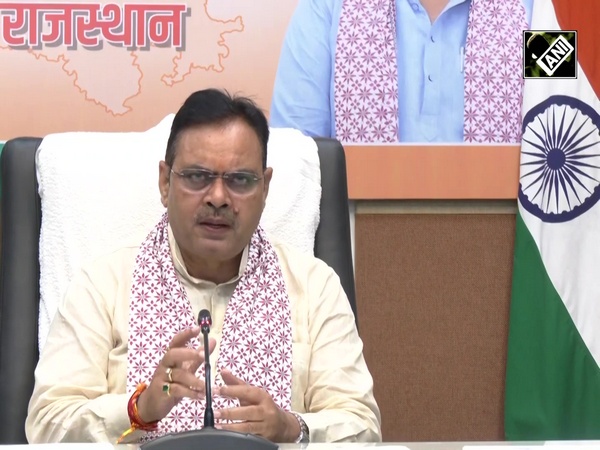3 in 15 months: Team India's trio of cathartic, drought-breaking, barrier-shattering ICC trophies
Nov 03, 2025
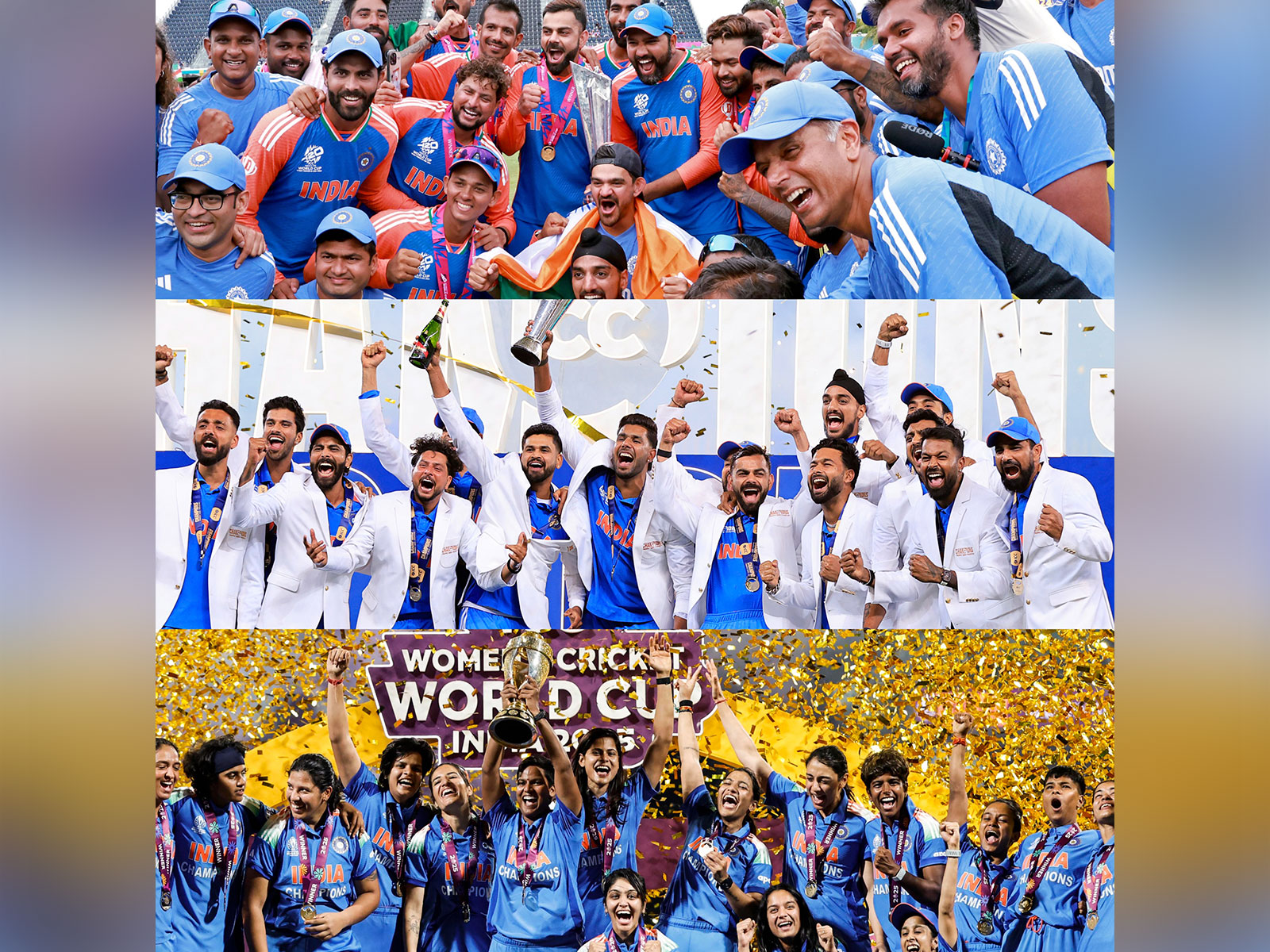
Mumbai (Maharashtra) [India], November 3 : It has been an incredible last 15 months for Indian cricket, as both men's and women's teams have brought to the nation era-defining and barrier-breaking triumphs in the ICC events, finally having overcome the mental barrier which prevented both sides from capturing the gold for so many years.
In these last 15 months, the men's national team ended their 11-year-long trophy drought, securing the ICC T20 World Cup last year in June for the second time and following it up with the ICC Champions Trophy this year in March on spin-friendly pitches of Dubai.
Cut to November, now the women's team has also achieved its moment of immortality, winning the 2025 ICC Women's World Cup at home in front of a packed DY Patil Stadium in Mumbai on Sunday, overcoming a South African side powered by skipper Laura Wolvaardt, her fearsome quartet of all-rounders featuring Marizanne Kapp and Nadine de Klerk and a potent bowling attack.
Taking things back to June, Team India was battling immense mental agony after a heartbreaking loss to Australia in the ICC Cricket World Cup final at home after a dominant 10-match win streak which saw records filling up every Indian fan's hearts up with pride, as stalwarts like Rohit Sharma, Virat Kohli, Shreyas Iyer, KL Rahul, Mohammed Shami and Jasprit Bumrah showed top form. This pack of invincibles fell in their own trap of slow, spin friendly pitch, as they lost a crucial toss and surrendered to skipper Pat Cummins's tactical brilliance, Australia's fielders who threw bodies around recklessly hunting for leather and finally a Travis Head counter-attack just when India thought that their defence of a modest 241 runs was sorted after dismissal of Aussies' big-match player Steve Smith before team could even touch 50 runs as the third wicket.
Everyone found their own villains to punch and criticise on social media as millions confronted a question: whether following the sport was even worth it, as, despite the individual records and heroics, Team India kept falling short.
In June, Rohit-led India arrived in the USA and the West Indies for their T20 World Cup campaign, with some fresh faces like Shivam Dube, Arshdeep Singh and a returning Rishabh Pant being a part of a new-look squad which had moved on from a few players like KL Rahul and Mohammed Shami. A narrow six-run win over arch-rivals Pakistan kickstarted the carnival for Team India as Bumrah came in clutch with a three-fer and crucial Mohammed Rizwan wicket just when it looked Pakistan would chase down 120 easily.
Another high point of this campaign was 'Hitman' Rohit butchering Australia and England mercilessly in the group stage and semifinals, respectively, with knocks of 41-ball 92 and a well-paced 57, respectively. The belting of premier Aussie pacer Mitchell Starc by Rohit for 29 runs, including four sixes, felt like a release of months-long trauma and anger, as the batter gave a satisfying, almost-sadist grin after each hit. Then a spin takedown of England in the semifinals helped India avenge a 10-wicket battering at Adelaide during the 2022 edition.
In the final, it was Virat's bat which yielded 76 runs worth its weight in gold, taking India to 176/7 in 20 overs. Till the title clash, Virat the T20 World Cup batter, one of his most dangerous personas, had failed to live up to hype generated on the back of an Orange Cap winning IPL campaign, which saw him torch 741 runs at a strike rate of over 154 with 38 sixes and silence any doubts about his T20I credentials in a modern age where the appetite for sixes and better strike rates had put India's biggest T20I match-winner's legacy under doubt. With South Africa cruising at one point with 30 needed in 30, a pace-choke from Bumrah, Arshdeep, Hardik Pandya left Proteas just seven runs short of the title, with a remarkable catch at long-off from Suryakumar Yadav putting a lid on SA's World Cup dream and quenching India's thirst for a trophy which lasted 11 years.
As Rohit tasted the Barbados soil and stood shoulder-to-shoulder with Virat and a tricolour in the background, it made for a picture that would go on to go viral on social media and perhaps become a wallpaper on plenty of digital devices. From then on, India transitioned from a well-calculated T20I unit to a go gung-ho from ball one regime under the captaincy of Surya, with Gautam Gambhir as his coach.
The majority of the ODI World Cup 2023 squad, however, faced another challenge, something that could become a temporary solution to India's World Cup 2023-sized wound, the ICC Champions Trophy 2025. In spin-friendly conditions of Dubai, Virat delivered the first big match performance, once again outclassing Pakistan in a run-chase, and a five-wicket haul by Varun Chakravarthy dismantled New Zealand in the group stages.
In the semifinals, Virat's bat once again delivered a classy 84 against Australia, continuing his knockout stage hot streak, and KL delivered an aggressive 42* to chase down a competitive 265 runs. KL's animated, aggressive celebration marked a cathartic moment for him, just months after a sluggish 66 in 107 balls during the WC final at Ahmedabad against the same opposition which had made him a national punching bag.
In the title clash against New Zealand, skipper 'Hitman' delivered his first ICC knockout stage half-century, a match-winning, 'Player of the Match' performance of 76 in chasing down 252 runs. While Rohit and Virat stood tall as usual, with the most spotlight and cameras on them, the moment also marked a crowning jewel of India's middle-order workhorses, Shreyas Iyer (243 runs in five innings with two fifties) and KL Rahul, who gained his redemption wearing the new 'finisher' avatar, scoring 140 runs in four innings at an average of 140.00.
India had secured two ICC men's titles in nine months. When the Women's World Cup came to India, all eyes were on the women's team, who had fallen short of the trophy twice, having made it to the finals in 2005 and 2017. With India's shocker of a collapse from 191/3 to 219 all out while chasing 229 against England at Lord's eight years back fresh in the minds of many, there were several doubts, even in the home advantage, if Harmanpreet Kaur-led India would cross the final barrier and deliver the '1983 moment' of its own to women's cricket.
Things started smoothly for India with wins over Asian rivals Sri Lanka and Pakistan, teams nowhere competing against non-Asian women's teams. However, three successive losses to South Africa, Australia and England from dominant positions seemed to prove that doubts were, in a way, well placed.
Against South Africa, India fumbled a defence of 252 runs from a winning position of 211/7, allowing Nadine de Klerk to take down an inexperienced pacer, Kranti Gaud, with her power-hitting and scoring 54-ball 84* as the target was chased down with three wickets and seven balls left. Against the Aussies, Indian bowling fell flat while defending a record 331 against Australia, as Alyssa Healy raged towards an instant classic 107-ball 142, helping Australia make light work out of what turned out to be the most successful Women's ODI run-chase.
The England loss looked like a killer blow to the morale of Team India and fans, as Harmanpreet Kaur, Smriti Mandhana and Deepti Sharma, three of India's most experienced campaigners, laid down the platform for an easy 289-run chase. India needed 42 runs in the final 36 balls with six wickets in hand, but a collective lower-middle-order brainfade led to nothingness and stunned faces of Indian fans and players as they fell just four runs short.
A dominant win over New Zealand, with centuries from Mandhana and Pratika Rawal and a washout against Bangladesh pushed India into the semifinals. But then, an injury to Rawal, at this point India's second-best batter and easily the most reliable one, sustained an injury which ruled her out of the competition. She was replaced by a more explosive Shafali Verma, who had been away from ODIs for an year and lacked consistency and rhythm required for the big semifinal against Australia.
During the semifinals, India did get a 'Deja Vu' as after Travis Head, another left-hander, Phoebe Litchfield, unleashed a brutal century on Team India, stunning the home crowd while fifties from Ellyse Perry and Ash Gardner took the Aussies to 338. India was reduced to 59/2, with Mandhana-Shafali pair failing to build something of substance. However, with a record-breaking 167-run stand between skipper Harmanpreet Kaur and Jemimah Rodrigues, who both had an inconsistent tournament, brought the winds of change in the dressing room. Both batters unleashed a calculated assault on the Aussies. While Harman fell 11-short of a WC semifinal ton, Rodrigues stayed till the end unbeaten at 127*, helped by cameos from Richa Ghosh (26 in 16 balls, with two fours and two sixes) and Amanjot Kaur (15* in eight balls) to the highest-ever Women's ODI run-chase and the best-ever run-chase in a 50-over WC knockout match across men's and women's events.
Self-belief was high as India took to DY Patil Stadium for the final, with their coach Amol Muzumdar urging the team to "cut down on outside noise and live in their own bubble for seven hours", even though SA skipper Laura Wolvaardt had pulled off a 'Pat Cummins moment', suggesting that she would like to silence the Indian crowd. This quote, combined with South Africa winning the toss, brought back the memories of the Ahmedabad heartbreak.
Shafali delivered the 'God's Plan' when it was needed the most, with a 78-ball 87, while knocks from Deepti Sharma (58 in 58 balls, with three fours and a six) and Richa Ghosh (34 in 24 balls, with three fours and two sixes) took India to 298/7.
Proteas needed to pull of a record-breaking best-ever run-chase across men's and women's WC finals to capture their maiden world title in maiden 50-over final appearance in women's sport. Skipper Laura Wolvaardt (101 in 98 balls, with 11 fours and two sixes) kept the team afloat, but game-changing spells from Shafali Verma (2/36) and Deepti Sharma (5/39) outclassed the Proteas' explosive all-rounders. At the stroke of midnight, Harmanpreet fittingly took the winning catch of the batter who had started India's troubles, Nadine, giving Deepti a double of half-century and five-wicket haul in the final and a first-ever double of 200-plus runs and 20 wickets across a single edition of men's and women's 50-over WC by a player.
As Team India celebrated, a new era of women's cricket had started, from where girls could dream of becoming the next Deepti, Shafali, Smriti, Harmanpreet and Kranti Gaud just like Kapil Dev's men had flipped the world cricket's power centre with WC win in 1983 win and made boys dream about picking up a bat and ball to become the next Sunil Gavaskar, Kapil Dev, Madan Lal, Mohinder Amarnath just to name a few. Mithali Raj, Jhulan Goswami and Anjum Chopra, present as broadcasters and once flag-bearers of India's Women's WC dream when it did not hold the modern-day flamboyance, hard-hitting gameplay and power, celebrated with the team and shared the trophy, which was in many ways belonged to them as well.
Smiles and tears came from India's overjoyed camps in equal measures, as several stories received a fairytale ending. Once sidelined, Shafali did not fear being thrown in the deep end and came out with a 'Player of the Match' title. Deepti, who was the last recognised batter dismissed when India needed 11 in 12 balls while battling that shocker of a collapse at Lords' eight years back, delivered an all-round, 'Player of the Tournament' campaign similar to Yuvraj Singh's back in 2011. She had justified her head coach's comparison to England's star all-rounder Ben Stokes. Also, Amol Muzumdar, who never got to play for India despite his remarkable domestic cricket stats and rich Mumbai cricket pedigree with Sachin Tendulkar and Rahul Dravid around during his playing days, was chosen by destiny to lead the women's team to a trailblazing Women's World Cup title.
These 15 months have been cathartic and game-changing for Indian cricket. While wounds from the past healed one tournament at a time, it has also sparked hope for an even brighter future, where there would be no such thing as a 'trophy drought' or an overseas captain threatening to 'silence the Indian crowd'.
